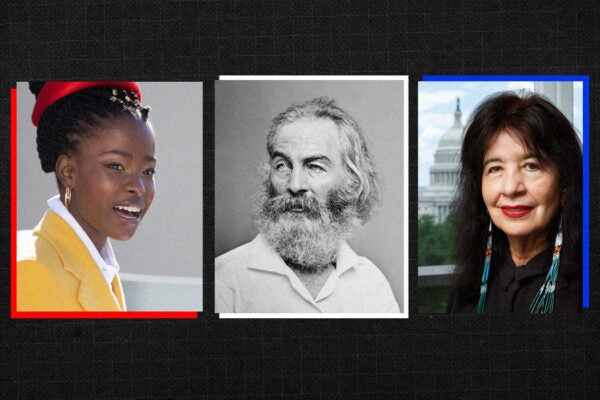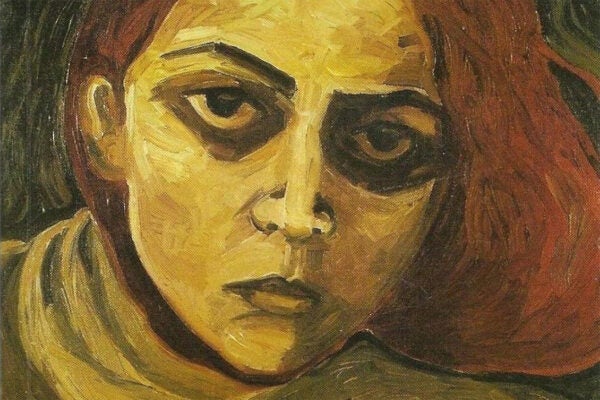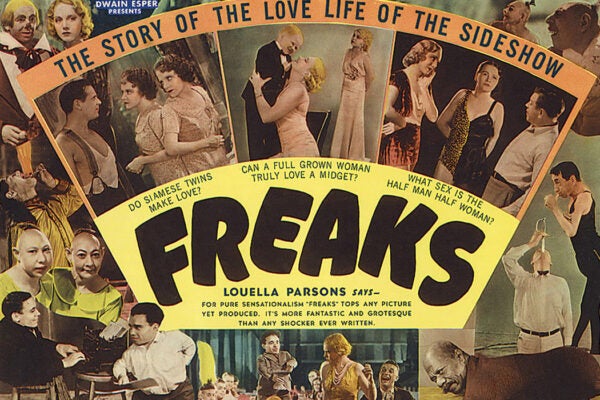Air guitar competitions, in which performers pantomime the playing of guitars, began in the 1980s. The earliest uses of the phrase “air guitar” date to the beginning of that decade. The phenomenon was a fan response to the cultural valorization of electric guitar virtuosos like Jimi Hendrix, Eric Clapton, Jeff Beck, Slash, Eddie Van Halen, ax cetera [sic, please]. Air guitar combines fans’ homage to their rock idols and a burlesquing of the same—“taking a piss really” as a British Iron Maiden fan put it. Such competitions are still shredding the air: the winner of the 2024 US Air Guitar Championship this July went to the World Air Guitar Championship in Finland in late August.
“Air playing,” as scholar Byrd McDaniel enlarges the category beyond the imaginary electric guitar, predates rock music—by a long riff. Writes McDaniel, “the impulse to inhabit and interact with pre-recorded media came from a century of powerful and playful fan practices, which explored possibilities for bridging the gap between recorded sounds and listeners’ bodies.”
Air playing, shadow conducting, and other such manifestations have their roots in pantomime, mesmerism, vaudeville, burlesque, minstrelsy, and early (silent) movies, among other places. Technology is what made it personal or private: one’s own performance rather than something seen on stage or screen. Recorded and then broadcast sound—via the phonograph, radio, TV—inspired “ways of interacting with recordings, by animating sounds with the body and simulating control of musical performances.” The music may have been “canned,” but consumers have hardly been passive receivers. They’ve made the act of listening “dramatic, spectacular, and interactive.” Participatory culture, in other words, long precedes the current era of “interactive engagement with digital media.”
Lip-synching and karaoke are two other ways people interact with recorded sound. Is it all just fun and games? McDaniel cautions that the generational passing of gestural practices can carry “forward unacknowledged ideas about race, gender, and disability.” Recent examples include: “the blackface-enabling Bob Marley Snapchat filter, the white ventriloquism of hip-hop karaoke, the mad effects of comedic lip-syncing videos, or the chauvinism of male-centered musical video games.”
Blackface minstrelsy, for example, was based on white performers mocking the Black body. The “father of American minstrelsy,” Thomas Dartmouth Rice (1808–1860), who popularized the character and song “Jim Crow,” “conjured imaginary, disabled, and racialized bodies, enabling white people to transgress white sensibilities—all through dancing and miming the playing of an imaginary banjo.”
“Pointless gestures and miming were sometimes seen as evidence of hysteria or insanity,” McDaniel writes, “and these acts were often attributed to bodies deemed nonnormative; women, racial minorities, foreigners, and children.” He quotes an 1869 newspaper article on a girl in an asylum “who appeared to be fingering an imaginary guitar.”
Weekly Newsletter
A century later, “blue-eyed soul” (i.e., white) singer Joe Cocker fingered an imaginary piano and guitar on the Woodstock stage. At that iconic music festival in August 1969, Cocker spasmed through his version of the Paul McCartney-John Lennon song “With a Little Help From My Friends,” a “remarkable moment in air guitar history” that made manifest the “problematic racist and ableist subtexts of rock theatrics. […] The performance of air guitar by white men made implicit and instrumental claims about their embodied connections to black performance traditions.”
The Air Guitar Handbook (1983) fancied a history of prosecution for air guitarists, alluding again to the notion that flailing about was a sign of seizure, madness, or religious frenzy. Movies like Risky Business (1983), Bill & Ted’s Excellent Adventure (1989), and Wayne’s World (1992), mashed-up “whiteness, masculinity, and air-headed slacker culture,” writes McDaniel.
“Air playing makes apparent how gestures are endowed with cultural power,” McDaniel stresses. And it beats learning how to play a real guitar.







